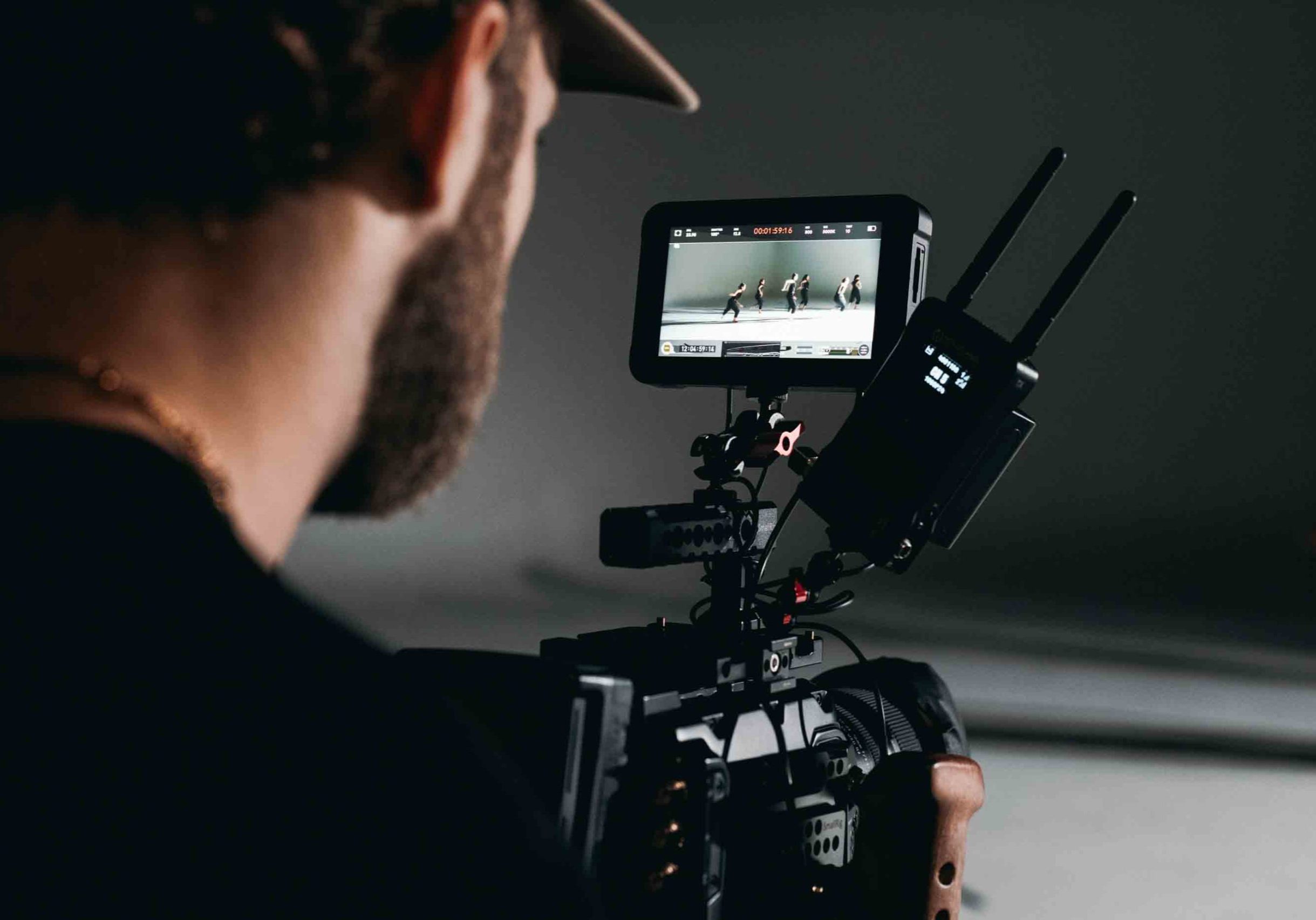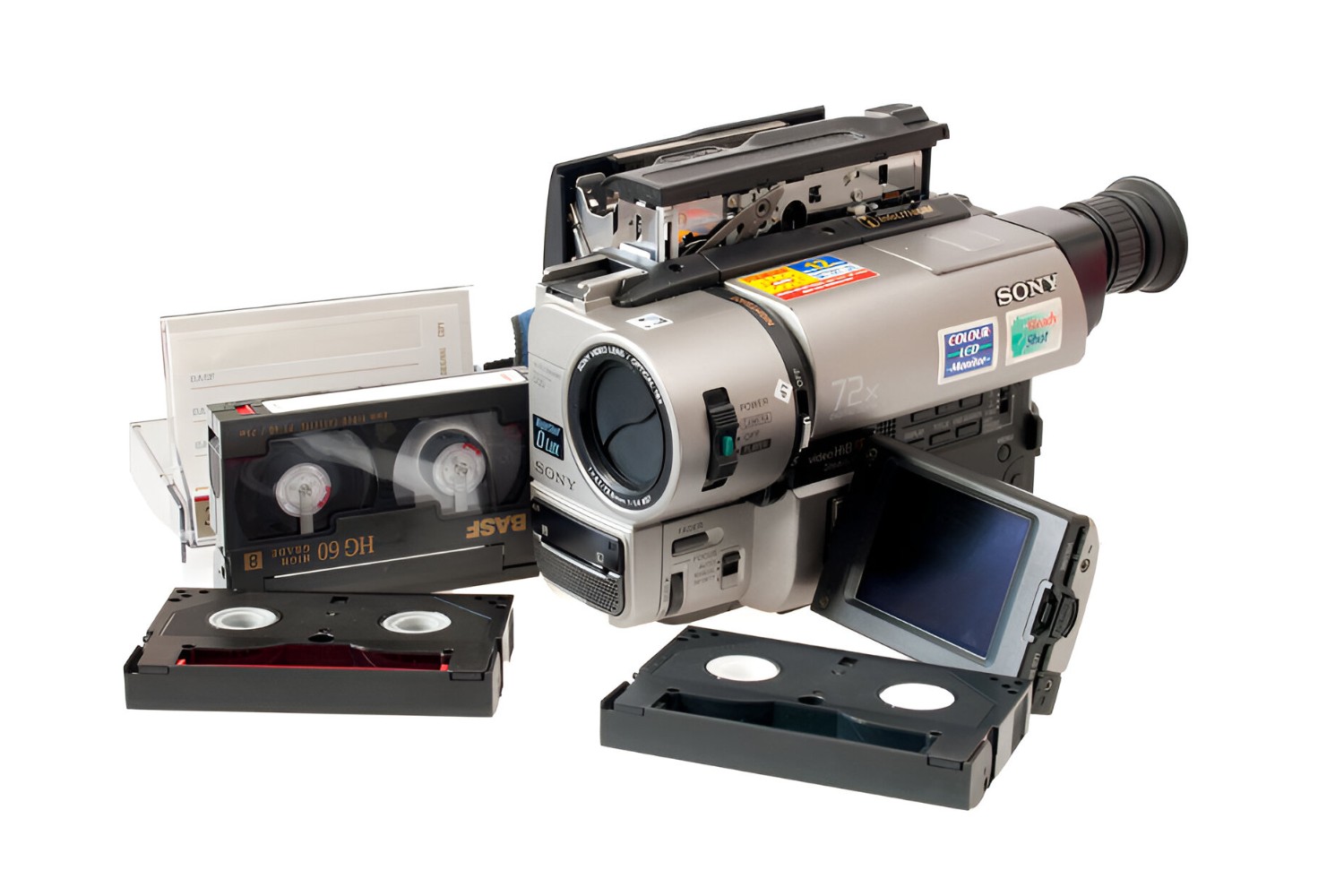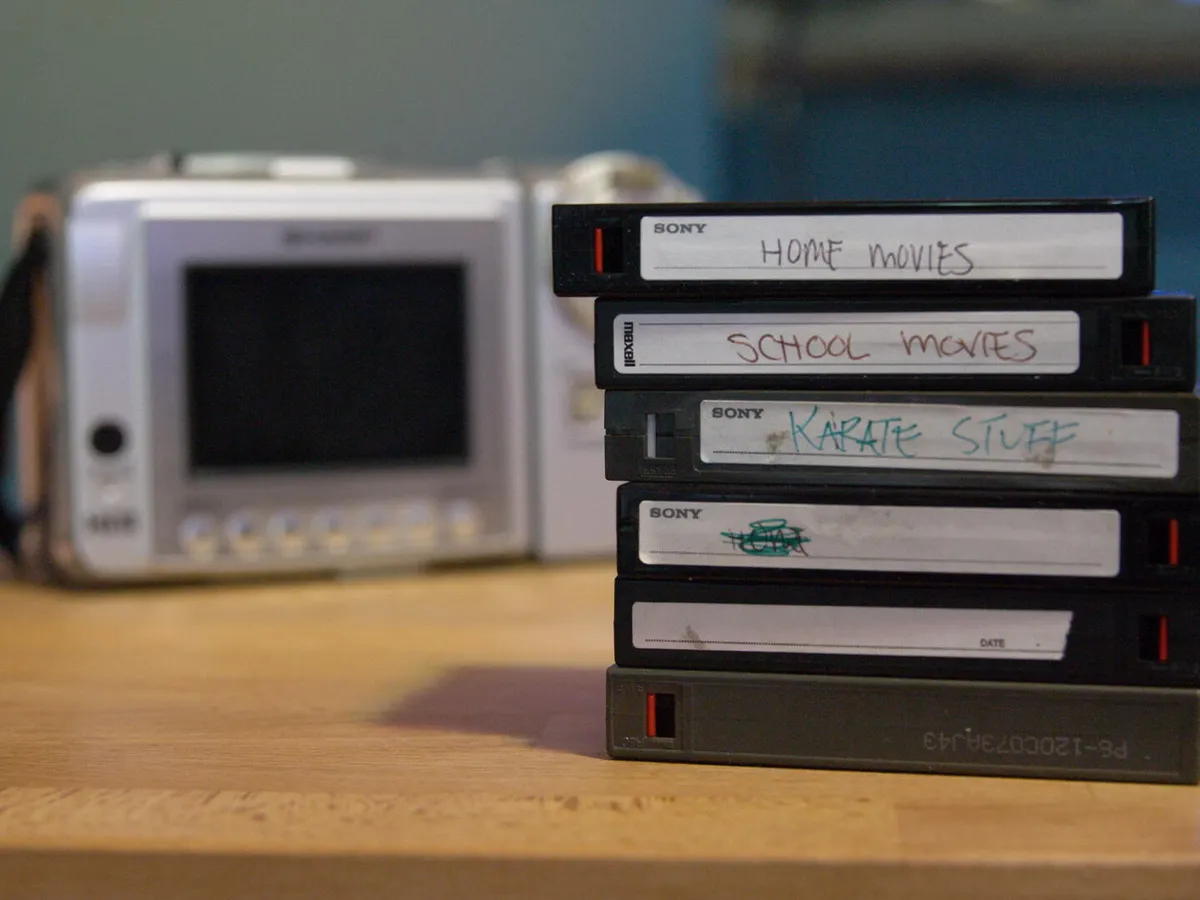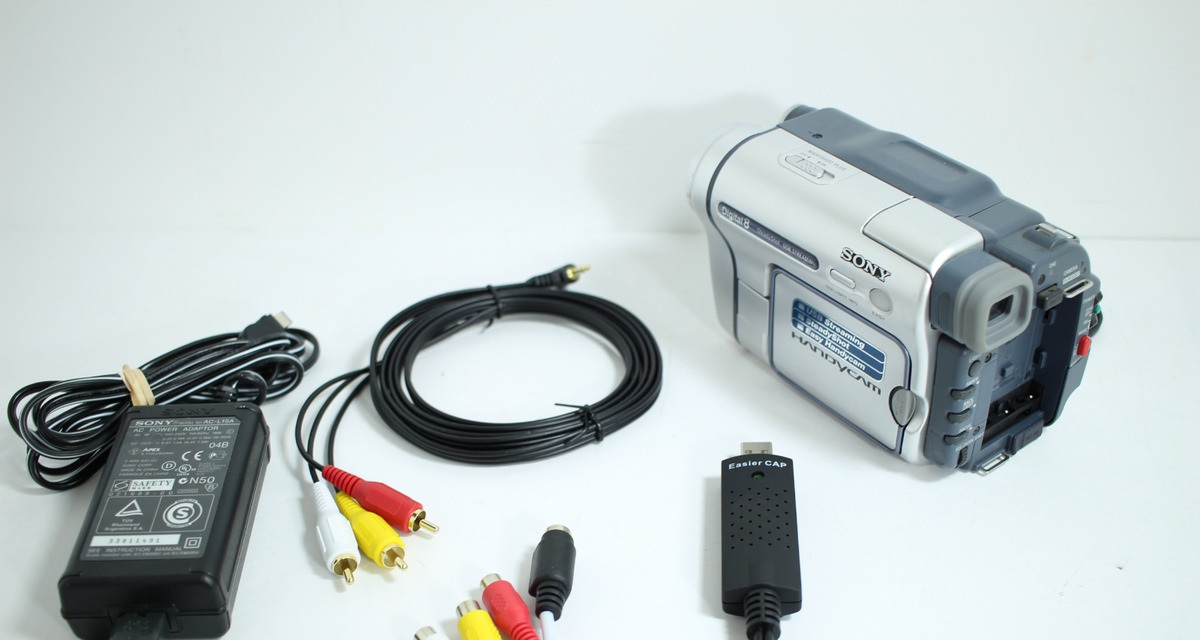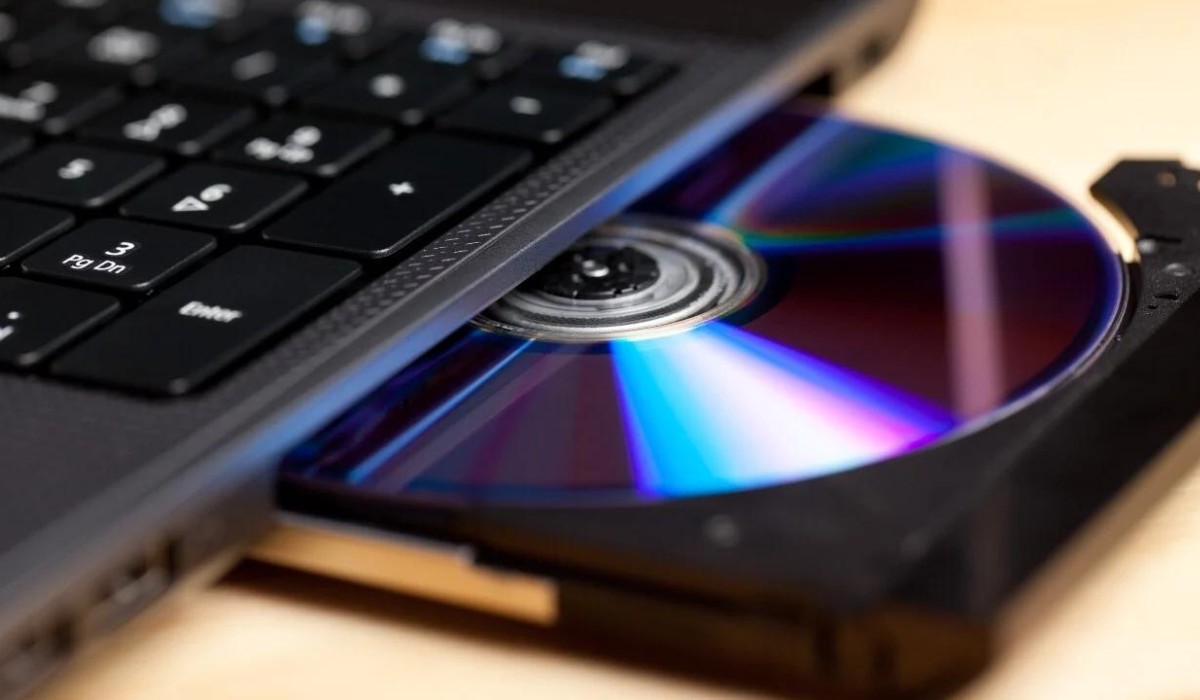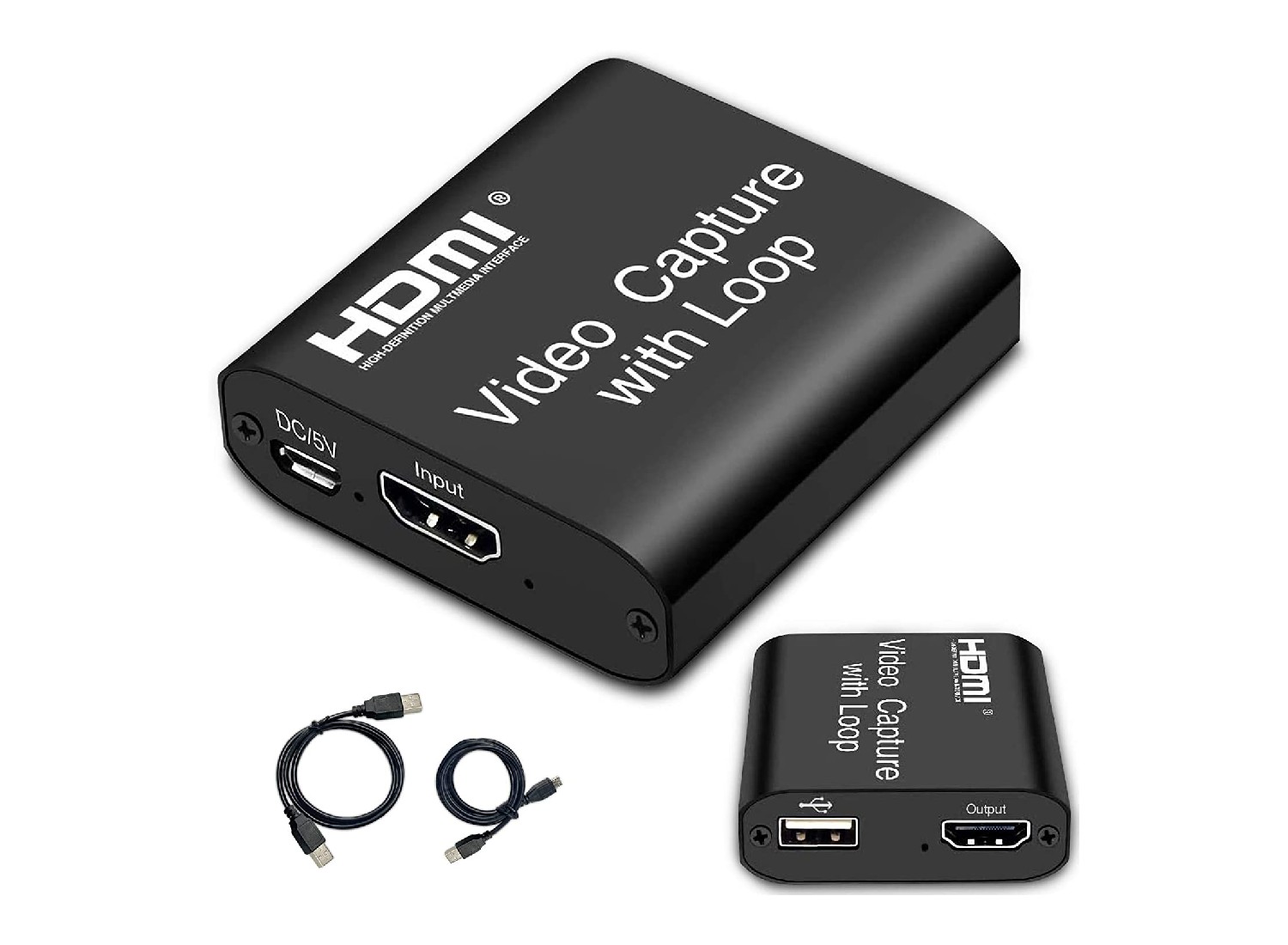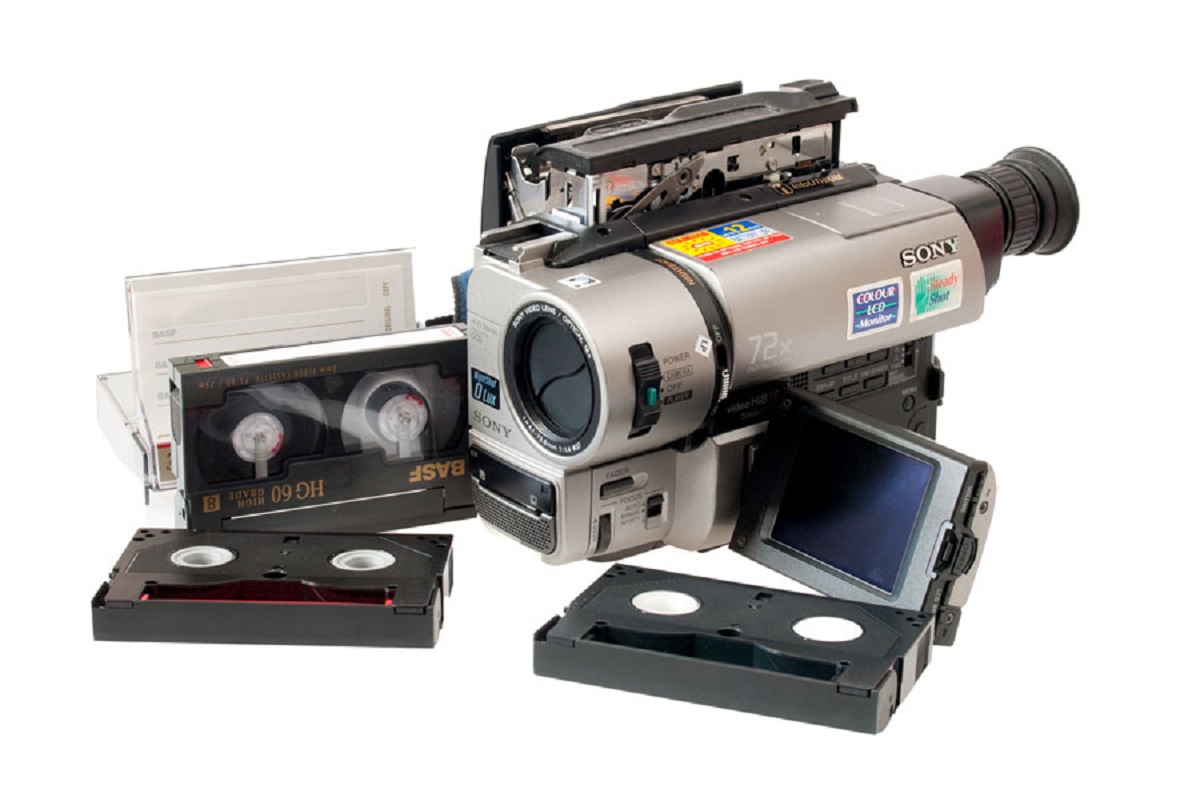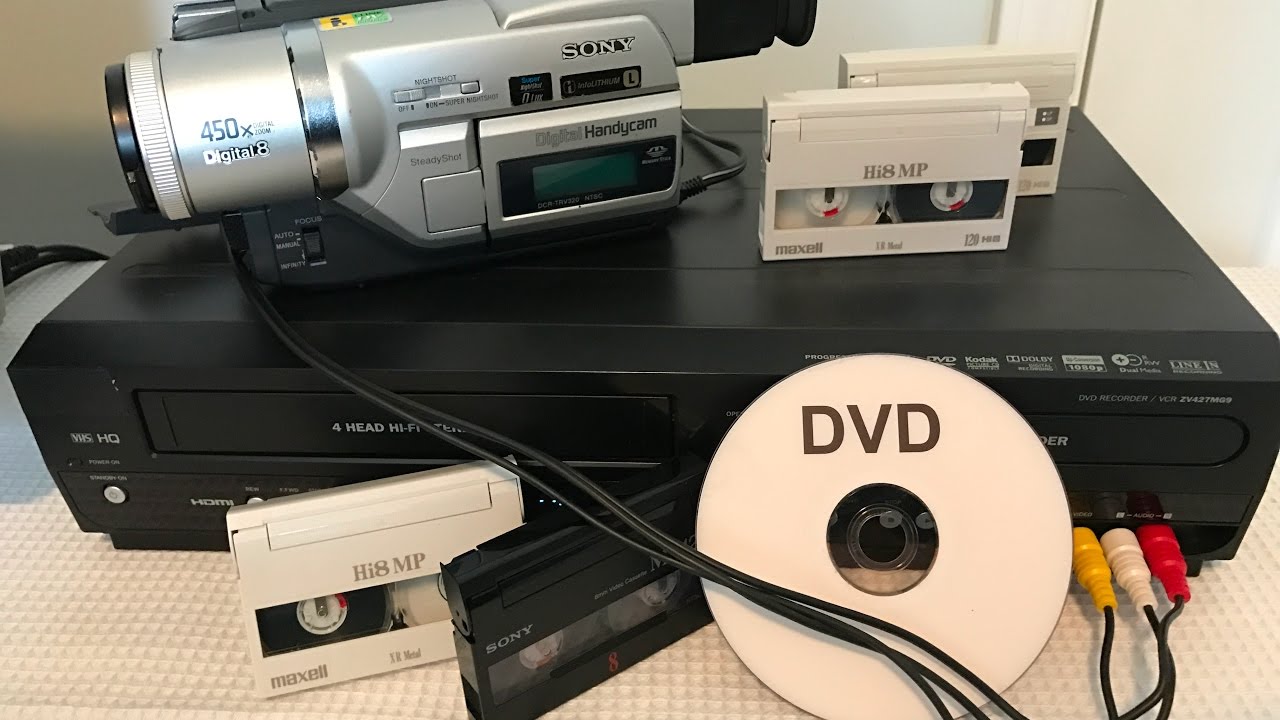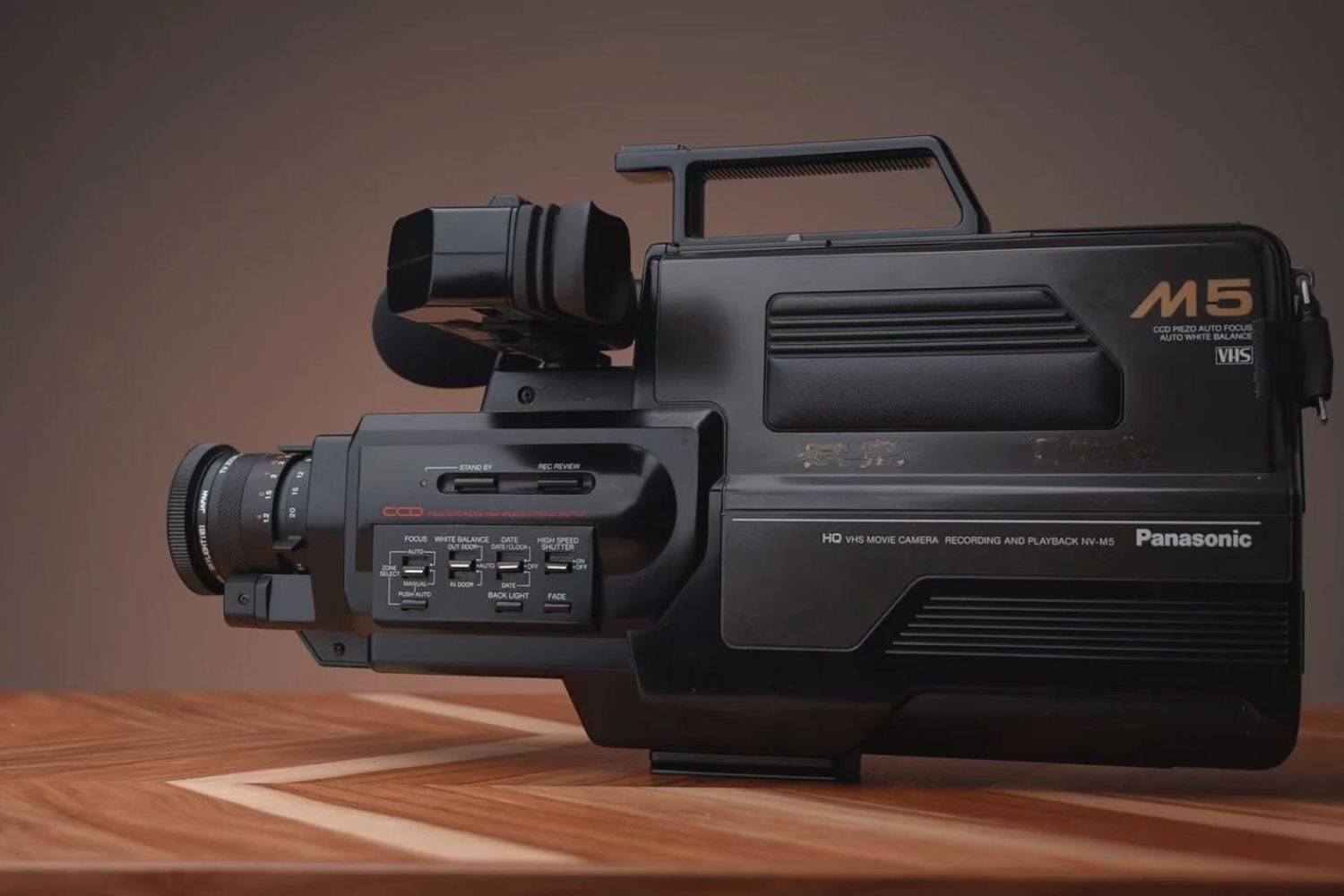Introduction
Understanding the Discrepancy Between Footage Quality on a Camcorder and After Conversion
Capturing memorable moments on a camcorder is a cherished tradition for many, but the disappointment of footage that looks pristine on the camcorder's screen only to lose its luster after conversion is a common frustration. The transition from the camcorder to the digital realm can often result in a noticeable loss of quality, leaving viewers puzzled and disheartened. This phenomenon can be attributed to various factors, from technical limitations to user oversight, and addressing these issues is crucial for preserving the integrity of the original footage.
The conversion process plays a pivotal role in determining the final quality of the footage. Understanding the reasons behind the discrepancy and implementing effective strategies to mitigate it can significantly enhance the overall viewing experience. By delving into the nuances of this issue, we can unravel the complexities of digital conversion and empower individuals to optimize their footage for a seamless transition from the camcorder to the digital screen.
Understanding the Issue
Unveiling the Discrepancy: Why Does Footage Look Good on a Camcorder but Not When Converted?
The perplexing gap between the captivating quality of footage on a camcorder and its diminished appearance after conversion is a conundrum that warrants exploration. When scrutinizing this issue, it becomes evident that the discrepancy is rooted in the intricacies of digital conversion and the limitations of the formats involved. The transition from analog to digital, combined with the compression and encoding processes, can introduce a myriad of challenges that impact the visual fidelity of the footage.
One of the primary contributors to this disparity is the compression applied during the conversion process. Camcorders often utilize uncompressed or minimally compressed formats to capture footage, preserving the raw detail and color information. However, when the footage is converted to digital formats for storage or playback, compression algorithms are employed to reduce file sizes and facilitate efficient transmission. This compression can lead to the loss of subtle details, color accuracy, and overall sharpness, resulting in a perceptible decline in quality.
Furthermore, the discrepancy can also be attributed to the limitations of the digital formats themselves. Various digital video formats employ different compression techniques and encoding standards, each with its own set of strengths and weaknesses. When footage is converted between these formats, compatibility issues and format-specific nuances can further exacerbate the loss of quality, leading to a stark contrast between the original footage and its converted counterpart.
As technology continues to evolve, the demand for higher resolutions, frame rates, and dynamic range further complicates the conversion process. Camcorders may capture footage at resolutions and frame rates that exceed the capabilities of standard digital formats, necessitating complex downscaling and frame rate conversion during the digitalization process. These transformations can introduce artifacts and visual discrepancies, compounding the challenges inherent in maintaining the original quality of the footage.
By unraveling the intricacies of digital conversion and the associated technical limitations, we can gain a deeper appreciation for the complexities that underpin the discrepancy between footage quality on a camcorder and after conversion. This understanding serves as a foundation for exploring effective strategies to address and mitigate this issue, ensuring that the visual integrity of the original footage is preserved throughout the digital transition.
Common Reasons for the Discrepancy
Unveiling the Factors Contributing to the Discrepancy in Footage Quality
Several factors contribute to the noticeable difference in footage quality between its appearance on a camcorder and after conversion. Understanding these common reasons is pivotal in devising effective strategies to mitigate the loss of quality during the digital transition.
- Compression Artifacts: One of the primary culprits behind the diminished quality of converted footage is the presence of compression artifacts. During the conversion process, especially when utilizing lossy compression techniques, subtle details and textures in the original footage may be sacrificed to reduce file sizes. This can manifest as blocky artifacts, color banding, and loss of fine details, detracting from the visual fidelity of the footage.
- Resolution and Frame Rate Discrepancies: Mismatched resolution and frame rates between the original footage and the target digital format can result in visual discrepancies. When the source footage’s resolution and frame rate exceed or differ significantly from the standard specifications of the target format, the conversion process necessitates complex scaling and frame rate adjustments, potentially introducing visual distortions and inconsistencies.
- Color Space and Gamut Transformations: The conversion between different color spaces and gamuts can lead to color inaccuracies and loss of vibrancy in the footage. Camcorders often capture footage in wider color gamuts and bit depths, which may not be fully preserved or accurately translated during the conversion to standard digital formats, resulting in subdued colors and diminished visual impact.
- Encoding and Decoding Variations: The encoding and decoding processes involved in digital conversion can introduce variations in how the footage is interpreted and displayed. Incompatibilities between encoding standards, such as differing levels of compression and encoding parameters, can lead to discrepancies in visual quality, especially when the converted footage is decoded for playback on various devices and platforms.
- Transcoding Losses: When footage undergoes multiple transcoding processes, such as converting between different digital formats or resolutions, each iteration can compound the loss of quality. The cumulative impact of transcoding losses can result in a significant degradation of the footage, necessitating careful consideration of the transcoding workflow to minimize quality loss.
By acknowledging these common reasons for the discrepancy in footage quality, individuals can proactively address these factors during the conversion process, thereby preserving the visual integrity of the original footage and ensuring a seamless transition to the digital domain.
Tips for Improving Footage Quality During Conversion
Enhancing Visual Fidelity in the Digital Transition
Amid the challenges posed by the digital conversion process, implementing strategic approaches to enhance footage quality is essential for preserving the original visual fidelity and ensuring a seamless transition from the camcorder to the digital domain. By leveraging the following tips, individuals can optimize the conversion workflow to mitigate quality loss and elevate the viewing experience.
- Utilize High-Quality Codecs: When converting footage, opt for high-quality codecs that support minimal loss compression or, ideally, lossless compression. By prioritizing codecs that preserve the nuances of the original footage, individuals can minimize the impact of compression artifacts and maintain visual fidelity during the conversion process.
- Match Target Format Specifications: Prioritize aligning the resolution, frame rate, color space, and bit depth of the target digital format with the specifications of the source footage. This minimizes the need for extensive scaling and format transformations, reducing the risk of visual discrepancies during conversion.
- Consider Professional Conversion Services: For critical footage requiring uncompromising quality, consider leveraging professional conversion services equipped with advanced hardware and software capabilities. Professional conversion facilities can offer specialized expertise in preserving the visual integrity of footage during the digital transition.
- Implement Bitrate Optimization: Adjust the bitrate settings during conversion to strike a balance between file size and visual quality. By optimizing the bitrate, individuals can minimize compression artifacts while efficiently managing file sizes, ensuring a harmonious blend of visual fidelity and storage efficiency.
- Conduct Quality Assurance Checks: Prior to finalizing the conversion process, conduct comprehensive quality assurance checks to identify and rectify any visual discrepancies or artifacts introduced during conversion. This proactive approach enables individuals to address potential issues before the converted footage reaches its intended audience.
- Preserve Original Footage Masters: Retain the original, uncompressed or minimally compressed footage masters to serve as a reference for future conversions or archival purposes. Preserving the highest-quality source material safeguards against cumulative quality loss resulting from repeated conversions.
- Employ Color Management Techniques: Implement color management techniques to ensure accurate color reproduction during the conversion process. By calibrating color profiles and adhering to industry-standard color management practices, individuals can maintain the vibrancy and accuracy of colors in the converted footage.
- Minimize Transcoding Iterations: Whenever possible, minimize the number of transcoding iterations the footage undergoes. Each transcoding process introduces the potential for quality degradation, making it imperative to streamline the conversion workflow and minimize unnecessary format transformations.
By incorporating these tips into the digital conversion workflow, individuals can elevate the quality of converted footage, ensuring that the visual integrity and immersive appeal of the original content are preserved throughout the digital transition.
Conclusion
Empowering Seamless Digital Transitions for Enhanced Footage Quality
The journey from a captivating scene captured on a camcorder to its digital rendition is laden with complexities that can impact the visual fidelity of the footage. The discrepancy between the footage’s allure on the camcorder and its diminished quality after conversion underscores the need for a nuanced understanding of the digital transition process. By unraveling the technical intricacies and common challenges associated with this discrepancy, individuals can equip themselves with the knowledge and strategies to optimize their conversion workflows and preserve the original visual integrity of their footage.
Understanding the impact of compression artifacts, resolution and frame rate discrepancies, color space transformations, encoding variations, and transcoding losses sheds light on the multifaceted nature of the issue. By acknowledging these factors, individuals can proactively address them during the conversion process, mitigating the loss of quality and ensuring a harmonious transition to the digital realm.
Moreover, the actionable tips for improving footage quality during conversion serve as guiding beacons for individuals seeking to elevate the visual fidelity of their content. From leveraging high-quality codecs and matching target format specifications to conducting rigorous quality assurance checks and preserving original footage masters, these tips empower individuals to navigate the conversion process with precision and finesse, safeguarding the essence of the original footage in its digital iteration.
As technology continues to evolve and the demand for seamless digital transitions escalates, the insights and strategies presented herein serve as invaluable assets for individuals and content creators striving to uphold the visual integrity of their footage. By embracing these principles and embracing the artistry of digital conversion, individuals can embark on a transformative journey that preserves the emotive power and immersive allure of their captured moments, transcending the confines of the camcorder to deliver captivating experiences in the digital domain.







